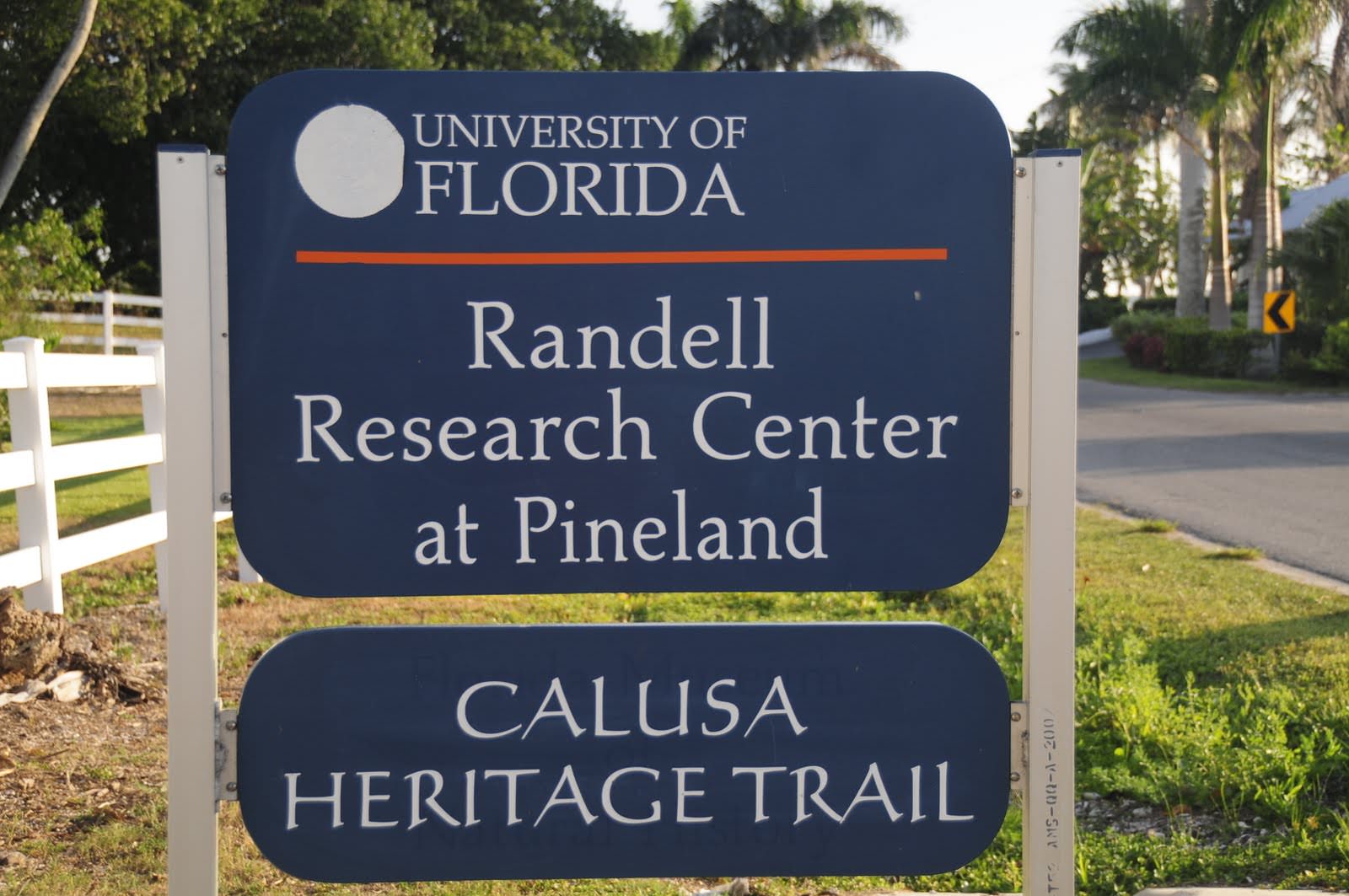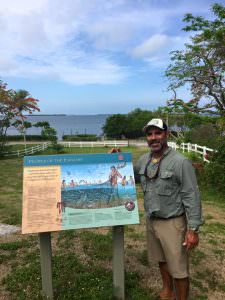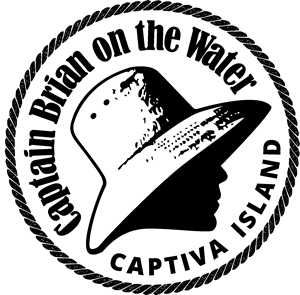
20 Jan Archaeology – Randell Research Center at Pineland
Explore & Learn an Ancient Culture in Your Own Backyard
By Brian Holaway

Southwest Florida has an abundance of history, all you need to do is look in your own back yard.
A special place I have enjoyed the solitude, history, mosquitoes, ecology, heat, archaeology and
sunsets for over 2 decades is located on the North end of Pine island at Pineland, the University of Florida’s Randell Research Center. The Randell research center is a 67-acre archeological site and is a program of the Florida Museum of Natural History. Their motto is “As We Learn We Teach” and teach they have for over 25 years. The site was once home to the Native Americans known as the Calusa. These ancient people first started living at this site 2000 years ago. The Calusa constructed large, over 30 feet high shell mounds and an amazing canal crossing Pine Island. This canal was reported to be 30 feet wide and 6-foot-deep by well-known archeologist Frank Hamilton Cushing in 1895. The Calusa lived off the rich estuary of Pine Island Sound and their diet consisted primarily of fish and shellfish.
My first experience visiting the Pineland site was in 1996. The weeds were high and in some places over my head. Cattle roamed the acreage now a part of the Randell Research Center. There was a locked gate with a few picnic tables behind it and sometimes the key would find itself somewhere other than where it was supposed to be. Most Saturdays the gate was open and there were talks and interpretive educational walks about the people who once fished, made art, carved canoes, buried their dead and lived on these ancient mounds.
Today there is a classroom on site, restrooms, well-groomed trails and a gift shop with excellent books on the archaeology and research about the findings over the last 30 years at Pineland. The 1-mile interpretive walking trail tells the story of the Calusa. The trail starts by leading up to a large shell mound where you can overlook the Calusa constructed canal made centuries ago. Following the trail back down the mound you make your way past gumbo limbo trees and over a small wooden bridge into an open expanse of solitude. The next stop leads high atop my favorite mound called the Randell mound. The view from this mound looks out over Pine Island Sound 5 miles to the west into the Gulf of Mexico. Next, the trail heads back east to an area just above sea level where you can learn about (what I find most intriguing) what archeologists found in 1992 in a wet dig. Archaeologists found a papaya seed dating back to 50AD. This is the only Papaya seed recorded from this time period in North America. They also found a chili pepper seed from 50AD and is the only chili pepper seed found east of the Mississippi River from this era. The furthest part of the walking trail leads to the back of the acreage to the largest burial mound in Southwest Florida. At one time this mound was 30 feet high and 300 feet long with a moat around it. A part of this mote can be seen today. Recent studies of the plant life on the burial mound document a saw palmetto (Serenoa repens) to be 500 years old.
Today the weeds are not as high as they were in 1996 and the gate is open seven days a week from sunup to sundown. The picnic tables remain, and the educating continues, the motto of the Randell Research center is strong as ever…. “As We Learn We Teach”.
To learn more about the Randell Research Center visit https://www.floridamuseum.ufl.edu/rrc/


Sorry, the comment form is closed at this time.